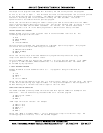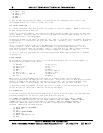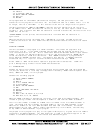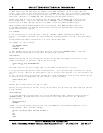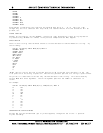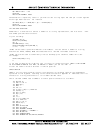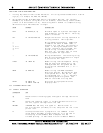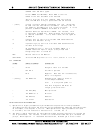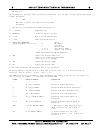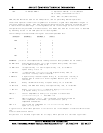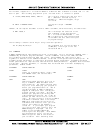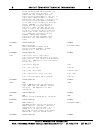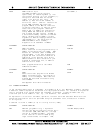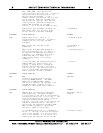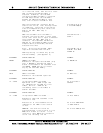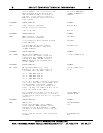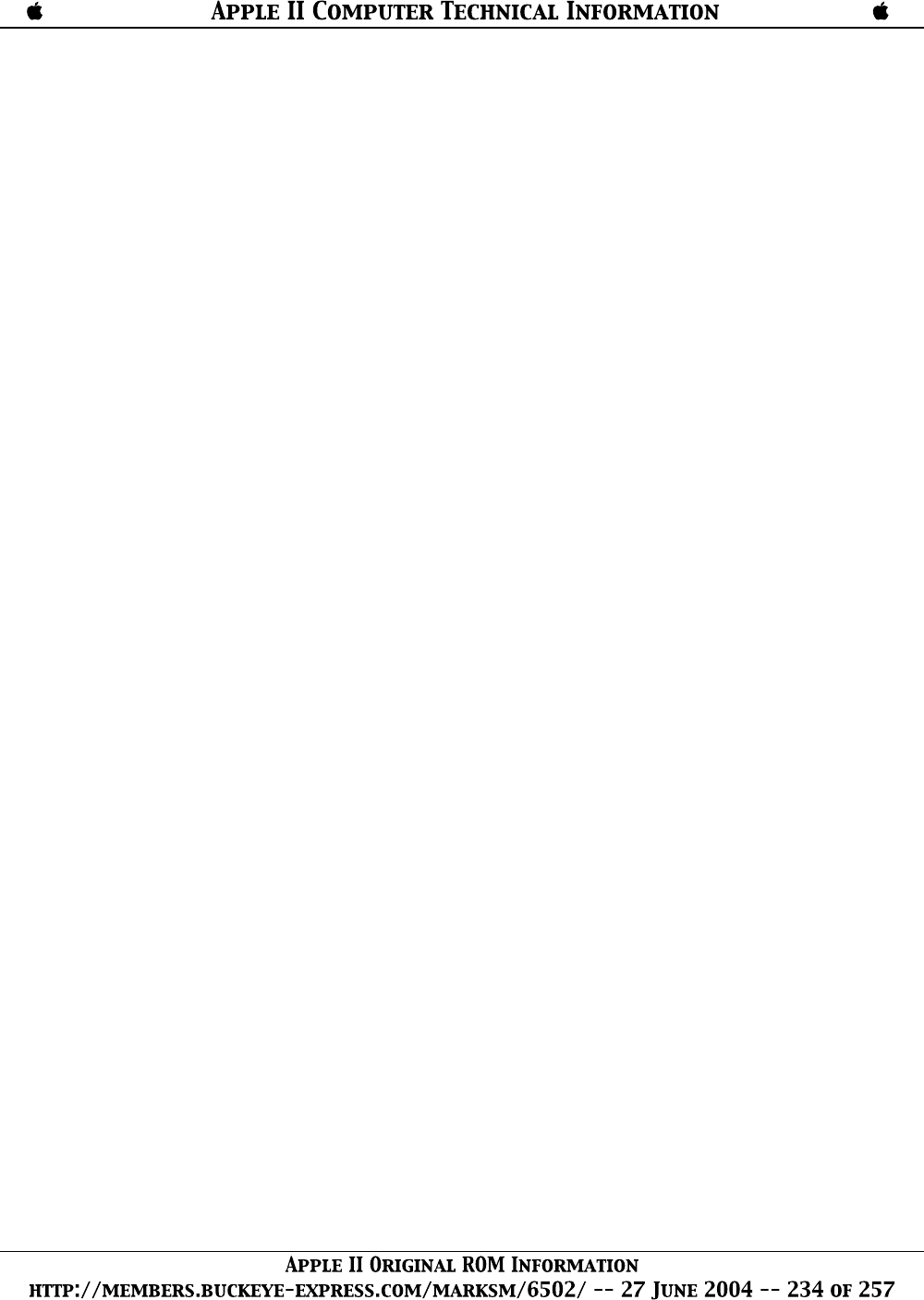
(5 plus 3/4).
The precedence of operators used in evaluating expressions is as follows, in order beginning with the
highest precedence :
NOTE
Operators listed on the same line have the same
precedence.
1) Expressions in parentheses are always evaluated first
2) ^ (F3 KEY) ExponentiatiOn
3) NEGATION -X where X may be a formula
4) * and / Multiplication and Division
5) + and - Addition and Subtraction
6) RELATIONAL OPERATORS: = Equal
(equal precedence for all six) <> Not Equal
< Less Than
> Greater Than
=< or <= Less Than or Equal
=> or >= Greater Than or Equal
(These three below are Logical Operators)
7) NOT Logical and bitwise "NOT" like
negation, not takes only the formula
to its right as an argument
8) AND Logical and bitwise "AND"
9) OR Logical and bitwise "OR"
A relational expression can be used as part of any expression.
Relational Operator expressions will always have a value of True (-1) or a value of False (0).
Therefore, (5=4)=0, (5=5)=-1, (4>5)=0, (4<5)=-1, etc.
The THEN clause of an IF statement is executed whenever the formula after the IF is not equal to 0.
That is to say, IF X THEN ... is equivalent to IF X<>0 THEN ....
SYMBOL SAMPLE STATEMENT PURPOSE/USE
------ ---------------- -----------
- 10 IF A=15 THEN 40 Expression Equals Expression
<> 70 IF A<>0 THEN 5 Expression Does Not Equal Expression
> 30 IF B>100 THEN 8 Expression Greater Than Expression
< 160 IF B<2 THEN 10 Expression Less Than Expression
<=,=< 180 IF 100<=B+C THEN 10 Expression Less Than or Equal To
Expression
>=,=> 190 IF Q=>R THEN 50 Expression Greater Than Or Equal To
Expression
AND 2 IF A<5 AND B<2 THEN 7 If expression 1 (A<5) AND expression 2
(B<2) are both true, then branch to
line 7
OR IF A<1 OR B<2 THEN 2 If either expression 1 (A<1) OR
expression 2 (B<2) is true, then branch
to line 2



